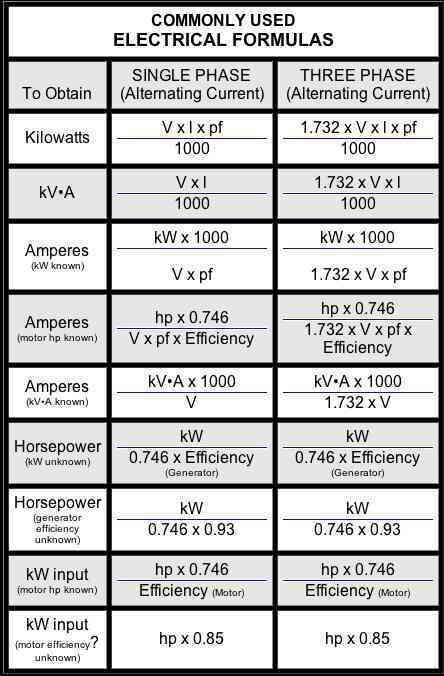lcthebeast
Member
I'm not sure if this against terms of service, I was wondering for informational purposes.
I was working on a job with a generator like this
Multiquip Ultra Silent diesel generator model DCA-25USI2C
(I had nothing to do with its settings)
The 25kVA generator was running in 3 phase 120V/208V, Is this running 120 Amps @120V across all legs, or 120 Amps @120V per leg?
If it was put into single phase 120V/240V, Is this running 208 Amps @ 120V across all legs, or 208 Amps @120V per leg?
Also are my calculations even correct, i just used some online calculator?
I was working on a job with a generator like this
Multiquip Ultra Silent diesel generator model DCA-25USI2C
(I had nothing to do with its settings)
The 25kVA generator was running in 3 phase 120V/208V, Is this running 120 Amps @120V across all legs, or 120 Amps @120V per leg?
If it was put into single phase 120V/240V, Is this running 208 Amps @ 120V across all legs, or 208 Amps @120V per leg?
Also are my calculations even correct, i just used some online calculator?



